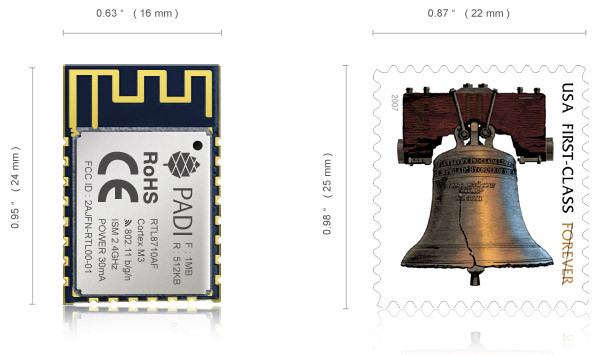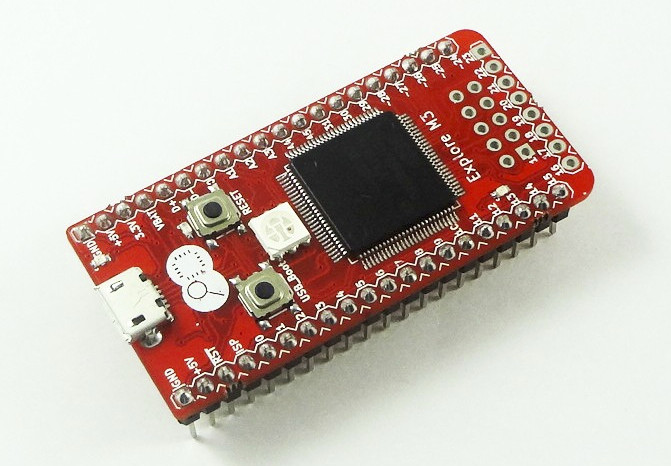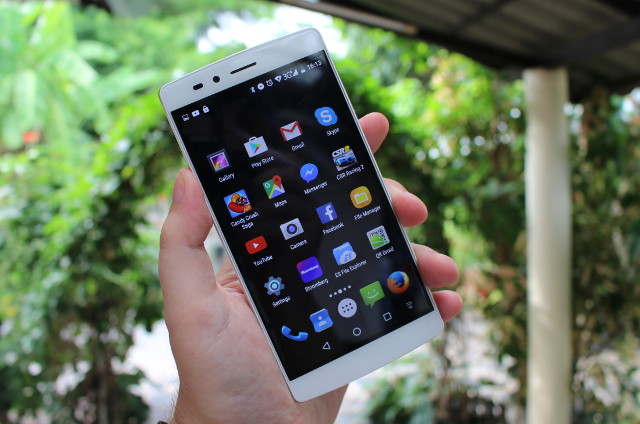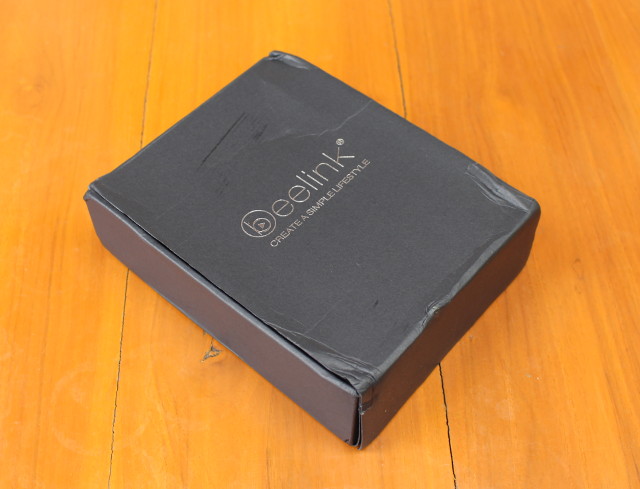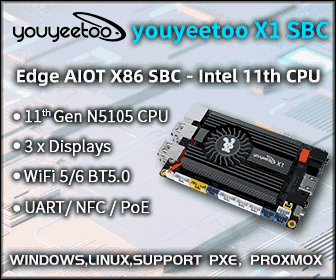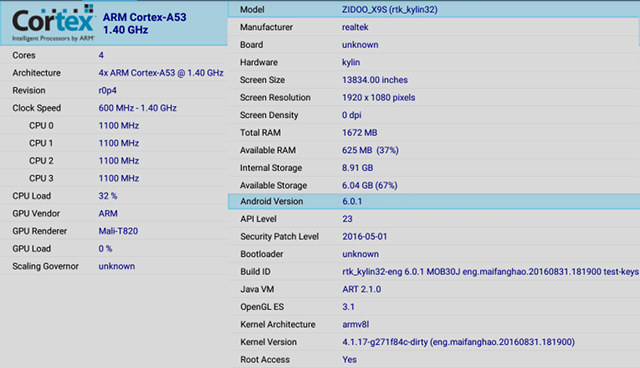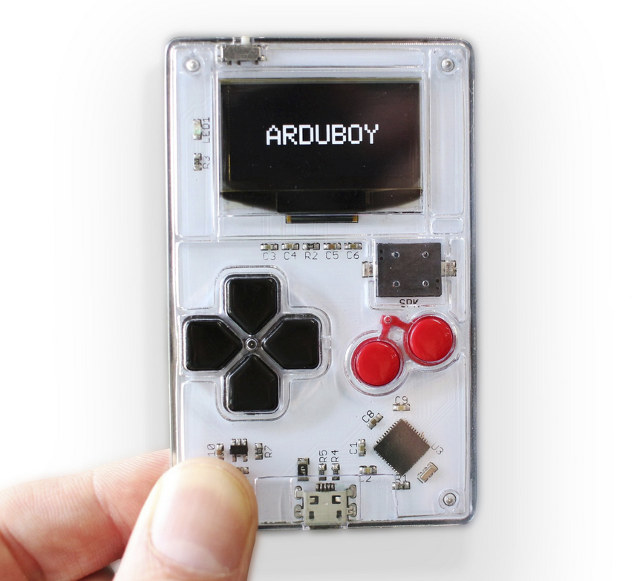One year after Hisilicon Hi3798C V200 processor was unveiled at IBC 2015, Hisilicon has now introduced a cost down version named Hisilicon Hi3798M V200 at IBC 2016 with a lower-end Mali-450 GPU, only 2 TS input interfaces, one less USB 3.0 interface, and only 1x GMAC (Gigabit Ethernet MAC) or 1x Fast Ethernet PHY, instead of two GMAC interfaces. The processor also adds 1080p30 H.265 video encoding. Hisilicon Hi3798M V200 key features: CPU – Quad core Cortex A53 processor (15K DMIPS) GPU – ARM Mali-450 + Hisilicon dual-core GPU Memory I/F – 32-bit DDR3/3L/4 Storage I/F – eMMC/NAND/SPI, 1x SATA 3.0, 2x SDIO Video Engine (VPU) HiVXE 2.0 video engine supporting 4Kp60 10-bit H.265 and VP9 decoding, 4Kp30 H.264, MPEG-2, MPEG-4, VC1, VP6/VP8, Real Media 8/9/10 Encoder – H.264/H.265 @ 1080p30 or dual 720p30 Imprex 2.0 processing engine with support for HDR10 & HLG high dynamic range, BT.709/BT.2020, etc.. Peripherals: […]
Pine64 Unveils $2 PADI IoT Stamp WiFi IoT Module with FreeRTOS SDK, Upcoming ARM mbed 5.0 Support
Realtek RTL8710 WiFi IoT modules came out as potential competitors to ESP8266 modules last month, with similar features. an ARM Cortex M3, and a pricing as low as $2 in quantities. However, documentation is often in Chinese only, and based on my experience with an RTL8710AF module limited to AT commands set for now. Software and documentation are likely to improve a lot however, as Pine64, the makers of Pine A64 boards, are about to launch their own “PADI IoT Stamp” RTL8710AF module for just $1.99 in any quantities. PADI IoT Stamp specifications: SoC – Realtek RTL8710AF ARM Cortex-M3 @ 83 MHz with 1MB ROM, 512KB RAM, and 1MB flash Connectivity – 802.11 b/g/n WiFi @ 2.4 GHz – 2.5 GHz (2400 MHz – 2483.5 MHz) with PCB antenna; Station / SoftAP / SoftAP + Station modes; Expansion headers – 22 half-holes with Up to 1x SPI @ 41.5 Mbps […]
Explore M3 Board based on NXP LPC1768 Cortex M3 MCU Comes with Lots of Tutorials (Crowdfunding)
Explore M3 is an ARM Cortex M3 development board powered by a micro USB port, with plenty of I/Os, Arduino compatible, and the developers have also written many tutorials to help people getting started as fast and easily as possible. A starter kit with cables and sensors is also available with the board. Specifications: MCU – NXP LPC1768 ARM Cortex M3 @ up to 100MHz with 512KB flash, 64KB RAM, USB – 1x micro USB 2.0 OTG port for programming and power Expansion Headers – 2x 20-pin male headers + 8-pin unpopulated header with 38x GPIOs, 4x UARTs, 2x CAN, 2x SPI, 2x I2C, 6x PWM, 5x ADC, 1x DAC, 2x interrupt pins, I2S audio, and power signal Debugging – JTAG/SWD Debug connector Misc – USB boot and reset buttons Dimensions – 55mm x 25mm The hardware is somewhat similar to mbed LPC1768 board but with a few more I/Os. […]
Vernee Apollo Lite Helio X20 Smartphone Review – Part 2: Android 6.0 Firmware
I’ve already taken pictures and shown Antutu benchmark in the first part of Vernee Apollo Lite review, an Android 6.0 smartphone powered by Mediatek Helio X20 deca-core processor. Now that I’ve had time to play with the phone for over 10 days, I’ve ready to report my experience and write the second part of the review about performance, features, and issues I encountered with the phone. General Impressions First, the build quality feel pretty good, the phone is light and slim. I’ve only called once or twice, and voice quality was good, but I mostly use my phone over WiFi to browse the web, check emails, watch YouTube, and access social networks. More rarely, I also use GPS while running and during trip, and play some games. To be honest, the first few days did not work as expected, as many apps would either be much slower than last year […]
Large American Technology Companies Abusive Practices Against Bloggers
OK the title might be a little over of the top, but within the last month or so, I’ve been a “victim” of three American companies’ requests, via third parties, namely their customers or technology partners, never directly, to delete or amend the content of this blog. One which I believe is justified albeit not really necessary, and two are just ridiculous, with the latest one prompting me to write this post. The first issue was about a post entitled “Allwinner A64 based Pine A64 and Banana Pi M64 Boards Can Now Run Windows 10 IoT Core“, where I shared .ffu firmware file links that I found directly via a page on Microsoft Azure github about Banana Pi board. There were accessible without any EULA, or agreement. So The Internet being the Internet, where you can freely share links that don’t break any sort of copyrights or promote hate, I […]
Beelink GT1 4K TV Box Review – Part 1: Unboxing and Teardown
Beelink GT1 is among the cheapest Amlogic S912 TV boxes available today, selling for around $56, but despite the inexpensive price tag, its specifications are not too bad with Gigabit Ethernet, 802.11ac WiFi, 2GB RAM, 16GB flash, and 4K H.265 & VP9 video capabilities. The company sent me a sample for review, and as usual, I’ll start by posting photos, and having a look at the hardware design, before reviewing the firmware in more details in a the second part of the review. Beelink GT1 Unboxing My package appears to have had a rough trip, but apart from the edges of the black retail package nothing was damaged. The main specifications are shown on the bottom of the package together with CE and FCC certifications, and the type of power adapter inside the package. GT1 ships with a simple IR remote control, a shortish HDMI cable (~1 meter), a small […]
Zidoo X9S Realtek RTD1295 Android & OpenWrt TV Box System Info & Benchmarks
Zidoo X9S is the first Android TV box based on Realtek RTD1295 quad core Cortex A53 processor that I’ve received for review. So in this post, I’ll show some system information with CPU-Z, and Android & OpenWrt Settings, and run typical Android benchmarks such as Antutu 6.x, Vellamo, and 3Dmark. Zidoo X9S / Realtek RTD1295 Android System Info CPU-Z detects Realtek RTD1295 is a quad core ARM Cortex A53 processor clocked between 600 MHz and 1.4 GHz with an ARM Mali-T820 GPU, and uses an unknown governor… But in adb shell, tje command “cat /sys/devices/system/cpu/cpu0/cpufreq/scaling_governor” reports an ondemand governor is used. The system runs Android 6.0.1 on top of Linux 4.1.17 (I think it’s the first time I see a Linux 4.x kernel used in a TV box…), and with 1920×1080 resolution. Total RAM is shown to be 1672 MB, most probably because some RAM is reserved for the GPU […]
ArduBoy Arduino Compatible Portable Game Console Sells for $39
Ardubox feels like the little brother of PocketCHIP portable & hackable game console with its transparent case, but instead of running Linux on a 32-bit ARM processor, Ardubox is based on the same Atmel ATmega32u4 MCU used in Arduino Leonardo & Micro boards. Arduboy specifications: MCU – Atmel ATmega32u4 AVR MCU with 32KB flash, 2.5KB RAM, and 1KB EEPROM Display – 128×64 1-bit OLED display USB – 1x micro USB 2.0 port for power and programming User Inputs – 6x momentary tactile buttons Audio – 2 channel Piezo Speaker Misc – 1x LED Battery – 180 mAh Thin-Film Li-Po battery good for over 8 hours Beside the Arduino IDE, The board can also be programmed with Codebender, GCC & AVRDude. There’s also a fairly long list of games to play with, and it can be hacked as a virtual business card, a USB mouse and keyboard, a synthesizer, and more. […]


